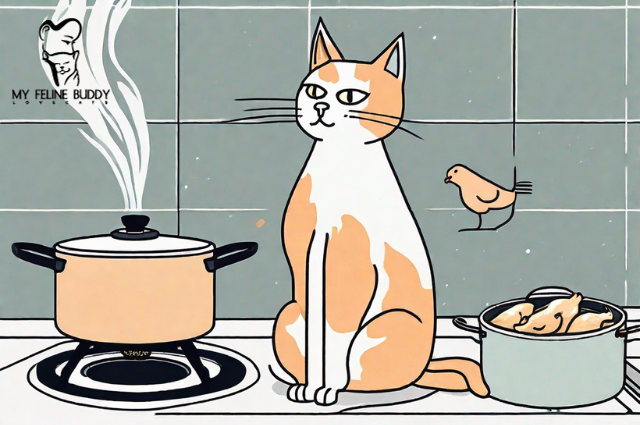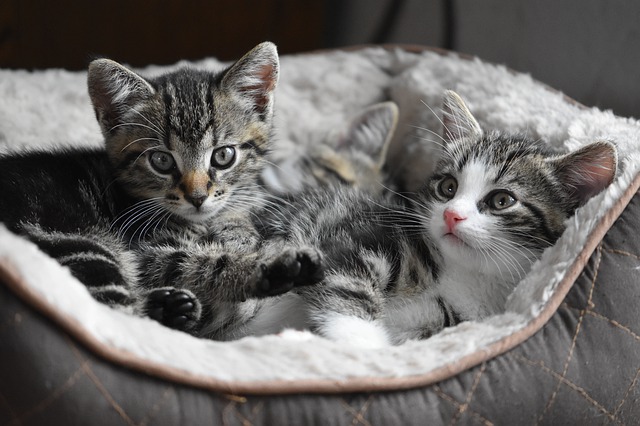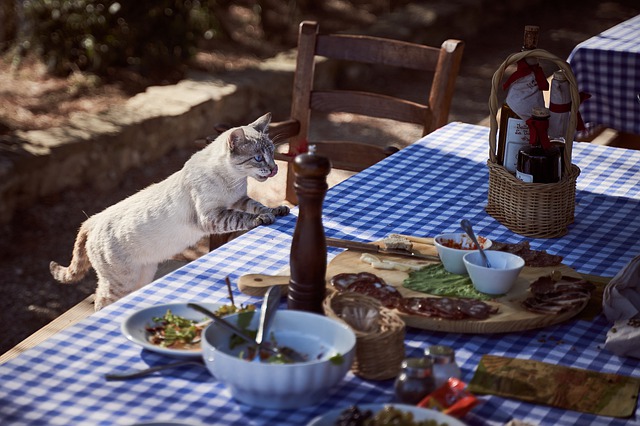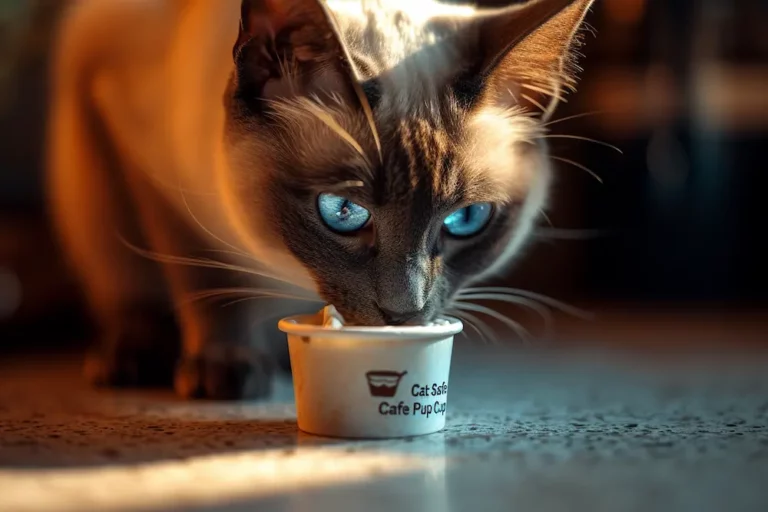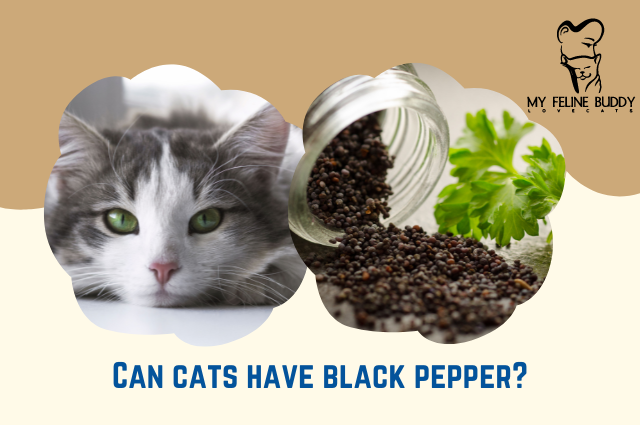How to Cook Chicken for Cats
Cooking chicken for cats can be a nutritious and delicious addition to their diet. However, it is essential to understand their unique nutritional needs and take the necessary precautions to ensure their safety.
This step-by-step guide will provide you with the knowledge and techniques to cook chicken for your feline friend.
Understanding Your Cat ‘s Nutritional Needs
Before diving into the cooking process, it’s crucial to understand the importance of meeting your
When it comes to your
These functions include muscle development, tissue repair, and immune system support. Without sufficient protein, cats may experience muscle wasting, weakened immune systems, and poor overall health.
Now, you may wonder why protein is so important for cats. Well, it all goes back to their evolutionary history. Cats are natural hunters. Their bodies thrive on a diet rich in animal protein. Unlike humans and some other pets, cats cannot efficiently convert plant-based proteins into the essential amino acids they need. This is why providing them with high-quality animal protein sources is crucial.
Protein Matters in a Cat ‘s DietÂ
Protein is an essential macronutrient for felines as it provides vital amino acids necessary for various physiological functions, including muscle development, tissue repair, and immune system support. When cooking chicken for cats, ensure that it is a high-quality source of protein to meet their specific dietary requirements.
Quality matters most when choosing the right protein source for your feline friend. High-quality proteins have the essential amino acids in the right amounts, ensuring that your
These proteins provide the necessary amino acids and contain essential fatty acids, vitamins, and minerals contributing to your
But not all proteins are created equal. While plant-based proteins may be suitable for some animals, they are not ideal for cats. Cats have specific dietary requirements that can solely be met through animal-based proteins. Feeding your
Risks of Feeding Raw Chicken to Cats
While some
When it comes to preparing chicken for your
Raw chicken, on the other hand, can pose a significant risk to your
While some argue that cats in the wild consume raw meat without any issues, it’s important to remember that domesticated cats may not have the same immune system strength as their wild counterparts.
Additionally, the quality and safety of commercially available raw diets may vary, making it even more crucial to cook chicken thoroughly before feeding it to your
By cooking chicken thoroughly, you not only eliminate the risk of bacterial contamination but also make the nutrients in the meat more accessible to your
Preparing to Cook Chicken for Your Cat
Before you start cooking, gathering the necessary ingredients and tools is essential to ensure a smooth and safe process.
Cooking chicken for your
Read more: Calming treats for cats
Choosing the Right Chicken Parts
When selecting chicken for your
Cats have specific dietary requirements, and lean chicken is an excellent choice to meet their nutritional needs.
It’s important to note that cats should not consume raw chicken due to the risk of bacterial contamination, such as salmonella. Cooking the chicken thoroughly will help eliminate any potential pathogens and ensure the safety of your
Avoid using chicken with bones or skin – they are choking hazards and lead to digestive issues in cats. Removing the bones and skin also reduces the fat content, making the chicken more suitable for your
Read more: Can cats eat dog treats?
Necessary Kitchen Tools
You will need a few basic kitchen tools to cook chicken for your
Using a separate cutting board designated for raw meat and cleaning it thoroughly after each use will help prevent cross-contamination.
A sharp knife allows you to easily trim excess fat from the chicken breast, making a leaner and healthier meal for your
Boiling the chicken is a simple and effective cooking method. It allows you to cook the chicken thoroughly while retaining its moisture and flavor. Using a pot with a lid will help trap the steam, ensuring that the chicken cooks evenly and remains tender.
Using a thermometer helps ensure that the meat is cooked to the right temperature. The internal temperature of cooked chicken should reach 165°F (74°C) to eliminate any harmful bacteria and ensure that it is safe for your
By having these necessary kitchen tools on hand, you can confidently prepare chicken for your
You might also like: Is almond milk bad for cats?
Step-by-Step Guide to Cooking Chicken for Cats
Now that you’ve gathered your ingredients and tools, let’s dive into the step-by-step process of cooking chicken for your feline companion.
Cleaning and Preparing the Chicken
Thoroughly wash the chicken breasts using cold water. Pat them dry with a paper towel, eliminating all excess moisture. Then, place the chicken breasts on a clean cutting board and use a sharp knife to trim any visible fat or connective tissue.
This step helps reduce the risk of any potential digestive issues for your
Cooking Techniques for Cat -Safe Chicken
There are various techniques you can use to cook chicken for your
Place the cleaned chicken in a pot, cover it with water, and bring it to a boil. Reduce the heat; let simmer for 15-20 minutes or until the chicken is cooked through.
Ensuring the Chicken is Properly Cooked
Properly cooked chicken is crucial to prevent any potential health risks for your
We’ve already mentioned that it should reach 165F or 74C. Once cooked, let the chicken cool before serving it to your
Read more: Cat milk replacers – Which one should you pick?
Serving Cooked Chicken to Your Cat
Now that your chicken is cooked and ready, it’s time to serve it to your
Portion Sizes and Frequency
When serving cooked chicken to your
Aim to provide small portions of cooked chicken as a treat or topping for their regular
Mixing Chicken with Other Cat Foods
Mixing chicken with their regular
This method ensures a gradual transition and minimizes the risk of any gastrointestinal issues.
You might also like: Are grains bad for cats?
Storing Leftover Cooked Chicken
If you have any leftover cooked chicken, storing it properly is key for maintaining its freshness and safety.Â
Safe Storage Practices
Place the cooked chicken in an airtight container and refrigerate it promptly after it has cooled down. Cooked chicken can be kept in the fridge for up to three to four days.
If you have a larger quantity of cooked chicken, consider freezing it in individual portions to extend its shelf life.
Shelf Life of Cooked Chicken
The shelf life of cooked chicken is limited, so it’s important to practice proper food safety. Discard any chicken that has been left at room temperature for more than two hours or shows signs of spoilage — an off smell or slimy texture.
It’s always better to be cautious and prioritize your
Conclusion
Cooking chicken for your
Remember to consult with your veterinarian if you have any specific concerns about your
